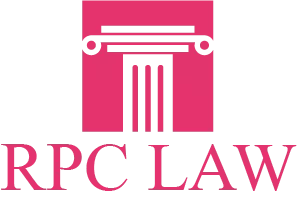Three of the best-recognized elements in a personal injury case mandate the presentation of a specific proof. The claimant/plaintiff must show that the defendant had a duty of care, breached that same duty of care and, thus, caused the plaintiff to suffer damages. Still, without the presentation of one additional proof, the claimant should not expect to win the desired compensation.
The added proof must show commission of a violation on the part of the defendant.
Furthermore, the defendant’s commission of that violation must represent the actual and proximate cause for the plaintiff’s injury. The law defines actual as cause in fact; the law defines proximate as the legal or primary cause. The proximate cause is not always the first event in the series of events that aided creation of the plaintiff’s injury. Injury Lawyer in Richmond Hill knows that the legal system views a proximate action as one with foreseeable consequences.
Not all states have the same definition for a proximate action.
Some states ask this question: Would this particular injury have been created in a situation where the defendant did not take the action that he or she chose to take?
Alternatively, a court might ask this: Would this particular injury have been created in a situation where the defendant chose to intervene, instead of doing nothing?
In states that follow the above guidelines, the required proof must meet a “but for” standard. The injury would not have happened but for the defendant’s action, or lack of action.
In other states a proximate action is defined as one that was a substantial factor in causing the plaintiff’s injury. A claimant or plaintiff can gain a fuller understanding for that particular definition by learning how the legal system defines the phrase “substantial factor.”
If a lawyer representing the plaintiff in a personal injury case needed to show that the defendant’s action was a substantial factor in causing the client’s/plaintiff’s injury, then how might that same lawyer approach that challenge? That particular attorney would have to produce proof of the fact that the defendant had contributed materially to occurrence of the client’s injury.
What sort of proof would produce elements of a material contribution to occurrence of the injury? Those would be elements that showcased actions with a marked effect on the situation. They would not be elements that suggested commission of actions with no more than a trivial effect.
A trivial effect is not a proximate cause. Consequently, someone whose actions have created no more than a trivial effect cannot legally be charged with having caused a personal injury to the individual that got injured, following emergence of that same trivial effect.
